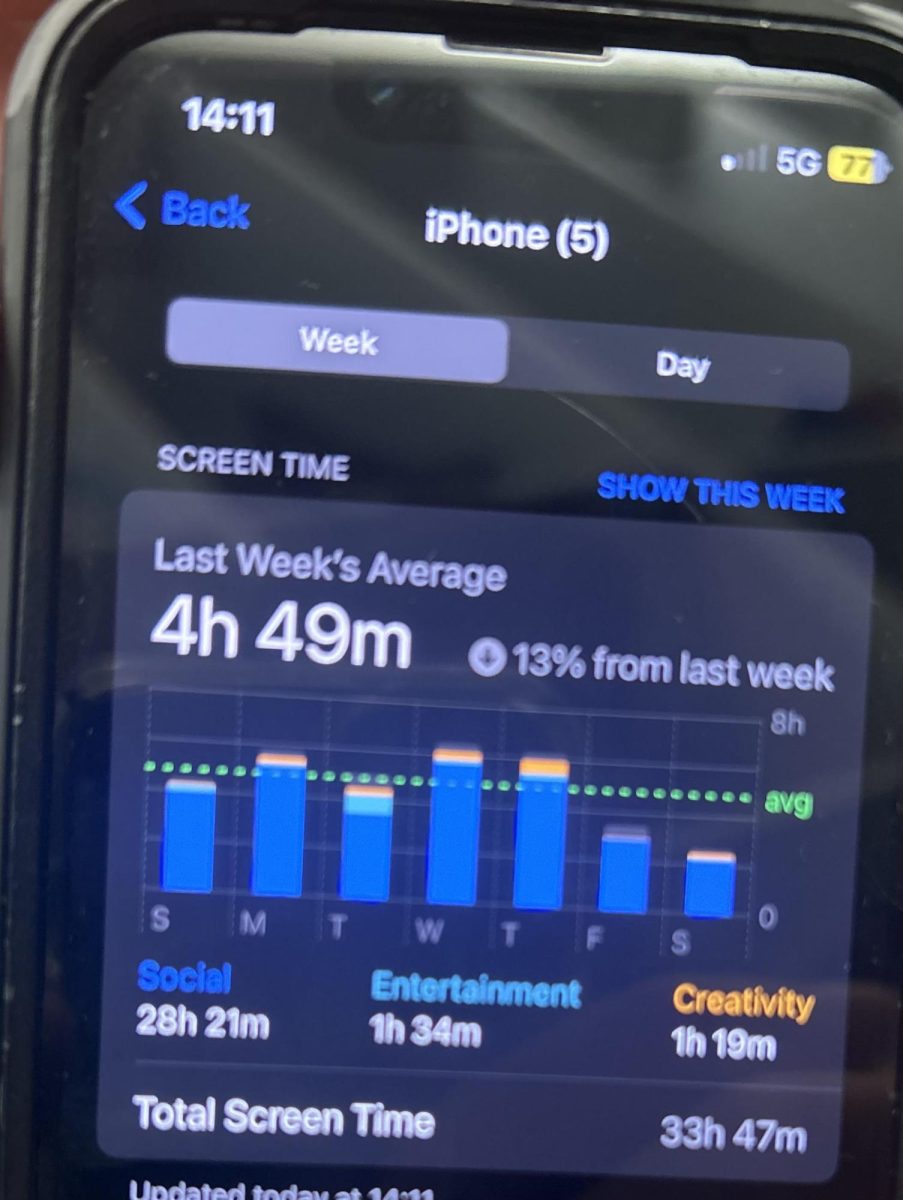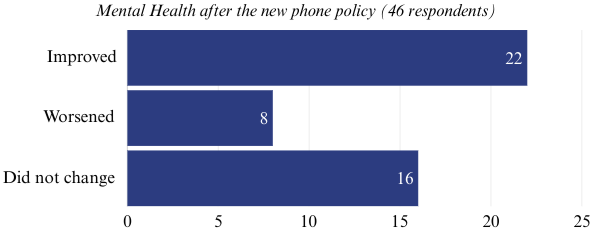Do You Have Brain Rot?
Do you doom scroll? Zombie scroll? Find yourself unable to stop using social media? Are your conversations peppered with internet slang like rizz, sigma and skibidi toilet?
If so, you might have brain rot.
“Brain rot” was named Oxford’s Word of the Year partly because the usage of the term increased 230%.
“Brain rot” refers to internet content so low in quality or value that watching it feels harmful. It also describes the negative psychological and cognitive effects of excessive internet and social media use, such as a decline in critical thinking and attention span.
The root of brain rot lies in dopamine — a neurotransmitter in the brain’s reward system, located in the ventral tegmental area (midbrain). Dopamine provides a sense of reward when we accomplish meaningful tasks, like getting a good grade, scoring a goal or enjoying fun activities with friends.
But it’s also released during social media use.
Research scientist at the University of Toronto’s children’s hospital Christopher Flippi says that the frequent dopamine hits makes our brains expect instant rewards and constant stimulation which shortens our attention spans making it harder to focus on tasks that take longer than the average TikTok video.
This reliance on instant gratification often shows up in everyday life. One student, who asked to remain anonymous, shared how social media has altered their ability to focus.
“Sometimes I feel like after doing just like 10 minutes of work I have to start scrolling,” the student said.
Jesse Fitzgerald ’26 agreed, describing how owning a phone has impacted his attention span.
“Since I got the phone, I have a lower attention span,” Fitzgerald said. “It’s harder to sit still, harder to focus on my work.”
History teacher Ian Lowland says he has seen the effects of brain rot in his classroom.
“I used to be able to show video clips, typically between five and eight minutes in length. And I’ve had to lower that to three to four minutes,” Lowland said.
Earlier this year, BHS implemented a new cell phone policy that says if phones are out during class time, they can be taken and held for the remainder of the day. Some teachers and students interviewed believe this new policy may help with brain rot, but others are not so sure.
“I think the exposure outside of class is so overwhelming that I don’t know if it will [help],” Lowland said. “In a couple of my classes the students check their average [screen time per] week, and that tends to vary between eight and 40 hours. The most extreme was 68 [hours]” Lowland said.
40 hours of screen time a week is nearly 6 hours per day. 68 hours per week is nearly 10 hours per day. In comparison, students are only in class for 5 hours per day. Even if students are not on their phones during school, it may be difficult to counter the effects of brain rot.
Many students and staff members are quick to say they know their cell phone usage is a problem and several offered examples of what they do to disconnect.
“When my wife and I talk to each other, we don’t have our phones in our hands,” English teacher CharlesDaniel Sheffy said. “When we have dinner, we have dinner. We don’t have our phones in our hands an hour before bed.”
“Something I’ve been doing recently is turning off my phone while I do work,” Fitzgerald said.
Gus Barcomb offered similar advice.
“My secret to success is turning off my phone when I do homework,” Barcomb said.
To learn more about brain rot and to see examples, check out our Instagram Reel on the subject.










